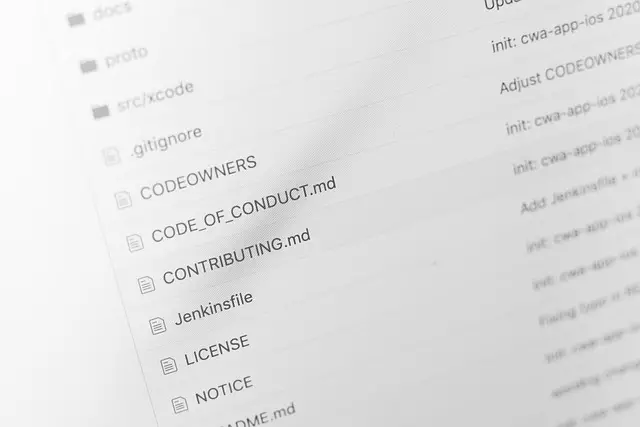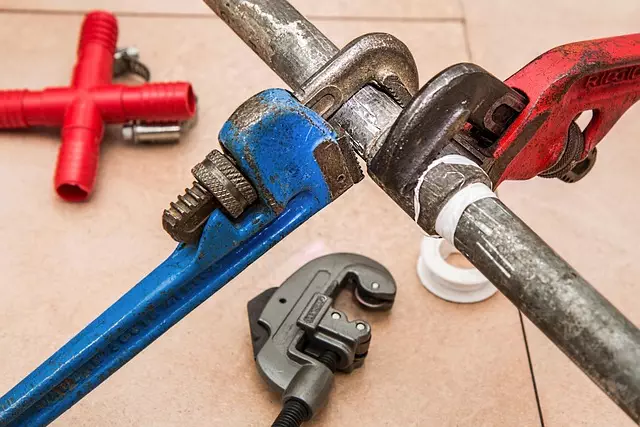Mastering Residential Leak Detection: From Basics to Modern Tech
Leak detection in residential properties is a crucial, proactive process that combines advanced tech…….

Leak detection in residential properties is a crucial, proactive process that combines advanced technologies like smart sensors, thermal imaging cameras, and mobile app notifications with traditional visual inspections. Regular checks for water damage, mold growth, pipe issues, and appliance functionality are key to early detection of plumbing, roof, foundation, or appliance leaks. Modern smart systems enable immediate action by homeowners. By adopting these tools and knowledge, homeowners can protect their investments from significant water-related damage and minimize structural, financial, and health risks associated with leaks.
In the quest for maintaining a dry and safe home, leak detection is an indispensable skill. Understanding residential leak detection starts with recognizing that leaks can stem from various sources—from pipe corrosion to faulty appliances. This article delves into the basics of leak detection, explores modern technology, and highlights the benefits of timely identification. We’ll also dissect common challenges and offer tips for homeowners to prevent water damage caused by these insidious issues.
Understanding Residential Leak Detection: The Basics

Leak detection in residential properties is a critical process aimed at identifying and mitigating water leaks before they cause significant damage. It involves a combination of advanced technology, such as moisture sensors and thermal imaging cameras, along with traditional methods like visually inspecting pipes, fixtures, and appliances. By understanding the basics of leak detection, homeowners can better protect their investments and reduce potential financial losses.
Regular inspection is key to early leak detection. This includes checking for signs of water damage or mold growth, examining pipes for corrosion or unusual noises, and testing appliances like water heaters and washing machines. Many modern systems utilize smart technology that alerts residents of potential leaks through mobile apps, ensuring immediate action even when away from home. With these basic knowledge and tools at hand, homeowners can actively participate in leak detection, making them the first line of defense against water-related disasters.
Types of Leaks in Homes and Their Causes

Leak detection is a critical aspect of home maintenance, addressing issues that can range from minor inconveniences to major structural damage. Homes can experience various types of leaks, each with distinct causes. Common leak types include plumbing leaks, often stemming from worn-out pipes, fittings, or valves; roof leaks, frequently resulting from damaged shingles, flashing, or joints; and foundation cracks that permit water intrusion due to soil movement or poor construction.
Other sources of leaks involve appliances like water heaters, dishwashers, and washing machines, where faulty connections or internal malfunctions can lead to water leaks. Furthermore, poor ventilation in attics or crawl spaces may contribute to condensation, creating conditions conducive to mold growth and leak development. Prompt identification and repair of these leak sources are essential to preserve the home’s integrity and prevent costly repairs.
Traditional Leak Detection Methods

Leak detection has evolved significantly over time, from traditional methods to modern, advanced techniques. Historically, identifying leaks in residential properties relied heavily on manual inspections and time-consuming processes. This often involved visual examinations, listening for suspicious sounds, or using soap bubbles to trace potential leak points. Plumbers would follow these methods, moving from room to room, searching for moist areas or odours indicative of water damage. While effective, these traditional approaches required considerable time and resources, especially in larger homes or complex plumbing systems.
The need for more efficient solutions led to the development of innovative technologies. Modern leak detection methods now incorporate smart sensors, wireless technology, and data analytics to pinpoint leaks swiftly. These advanced systems can detect even minor water leaks by monitoring changes in pressure, temperature, or electrical signals. Sensors are strategically placed throughout a home, connected via wireless networks, allowing for real-time data transmission and immediate alerts when a leak is detected. This shift towards smart home technologies has revolutionized residential leak detection, making it faster, more accurate, and less intrusive for homeowners.
Modern Technology in Leak Finding

Modern technology has significantly enhanced the field of leak detection, offering more efficient and accurate methods for identifying hidden water leaks in residential properties. One advanced tool is the use of smart sensors that can detect even the smallest changes in moisture levels. These sensors are connected to a central monitoring system, allowing for real-time data analysis. When a potential leak is detected, homeowners or property managers receive immediate alerts, enabling prompt action to prevent significant water damage.
In addition, thermal imaging cameras have become invaluable assets in leak detection. This technology visualizes temperature variations, making it easy to identify areas with unusual heat signatures, which could indicate the presence of a hidden leak. By combining these modern technologies, professionals can now navigate complex plumbing systems and pinpoint leaks more effectively, ensuring faster repair times and reduced water wastage.
Benefits of Timely Leak Identification

Prompt identification and repair of leaks in residential properties offer a multitude of benefits, ensuring both financial savings and mitigating potential damage. Timely leak detection allows for the early resolution of issues before they escalate, preventing costly repairs and replacing damaged items or structures. By identifying even small drips or subtle signs of moisture, homeowners can avoid extensive water damage that often leads to the decay of wood, corrosion of metal, and growth of mould—all of which significantly reduce property value.
Moreover, efficient leak detection systems provide peace of mind, knowing that a home is protected against an invisible threat. This proactive approach not only safeguards personal belongings but also contributes to energy efficiency by preventing unnecessary water wastage. With quick intervention, residents can enjoy a safer, more comfortable living environment and potentially lower water bills.
Common Challenges in Residential Leak Detection

Leak detection in residential properties presents several challenges that can complicate the process and lead to prolonged damage. One of the primary difficulties is identifying subtle signs of water intrusion, especially in hidden areas like walls, ceilings, or under floors. Leaks often start as tiny drips, which might go unnoticed for extended periods, allowing moisture to seep into the building material and cause extensive damage over time.
Another challenge arises from the diverse range of potential leak sources. From faulty pipes and appliances to roof vulnerabilities and plumbing misconnections, pinpointing the exact origin of a leak can be intricate. Modern homes with complex plumbing systems and older buildings with outdated fixtures further complicate matters. Effective leak detection requires a systematic approach, utilizing advanced technology and thorough inspection techniques to overcome these challenges.
Tips for Homeowners to Prevent Water Damage

Water damage from leaks is a common household issue that can cause significant problems and costly repairs. As such, it’s essential for homeowners to take proactive measures to prevent these unwanted intrusions. Regular inspection is key; check pipes, fittings, and appliances for any signs of moisture or leaks, especially in areas prone to water accumulation like basements and attics. Insulating pipes against extreme temperatures can also prevent freezing and bursting.
Additionally, maintaining and upgrading your home’s drainage system, including gutters and downspouts, ensures proper water flow away from the foundation. Using waterproof materials in areas susceptible to leaks, such as bathrooms and kitchens, is another effective strategy. Homeowners should also consider installing moisture barriers and vapor obstacles during new construction or renovations to create a protective layer against water infiltration. Remember, early detection through leak detection systems can save you from major damage down the line.







